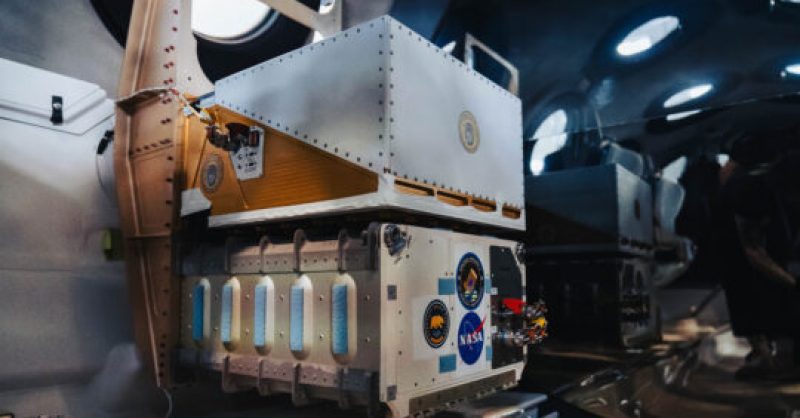3D Printing Heads to Space
3D printing is already being used in the space industry to create rocket engines and many more parts, but experts want to use the technology not only on the ground but also in space. Europe recently launched the first metal 3D printer to the International Space Station, and regular 3D printers have been used on the ISS for a decade. But as 3D printers become more advanced, researchers want to see if these newer versions could be used in space too.
Recently a team from the University of California, Berkeley sent a new 3D printer to space on a Virgin Galactic mission. The printer, called SpaceCAL and designed specifically for microgravity environments, had just a few minutes in space but was able to print four test parts in that time. Those test prints included, appropriately enough, a tiny model space shuttle made from a liquid plastic material called PEGDA.
The idea is that such technology could be used on future missions to create tools or supplies that are needed. “We hope that someday it may be used to manufacture everything from parts and tools for spacecraft to new contact lenses and dental crowns for crew members,” said researcher Taylor Waddell. “So, with the cabin, if your spacecraft is breaking down, you can print O-rings or mechanical mounts or even tools. But CAL is also capable of repairing the crew. We can print dental replacements, skin grafts or lenses, or things personalized in emergency medicine for astronauts, which is very important in these missions, too.”
That’s because CAL doesn’t only print in plastic. When tested on Earth, it can also print in silicones, glass composites, and biomaterials, which could allow it to create emergency care for the crew as well as their spacecraft. It could even one day print human organs, which is the aim of a new grant for testing out the technology on the ISS. The next step toward this is printing more simple objects like dental crowns or a tool for closing wounds.
And such technology could have other uses in extreme or remote environments on Earth too. “These experiments are really focused on pushing technology for the betterment of everyone,” Waddell said. “Even though it’s for space, there are always tons of ways it can benefit people back here on Earth.”
Georgina is the Digital Trends space writer, covering human space exploration, planetary science, and cosmology. She…
Source: www.digitaltrends.com


